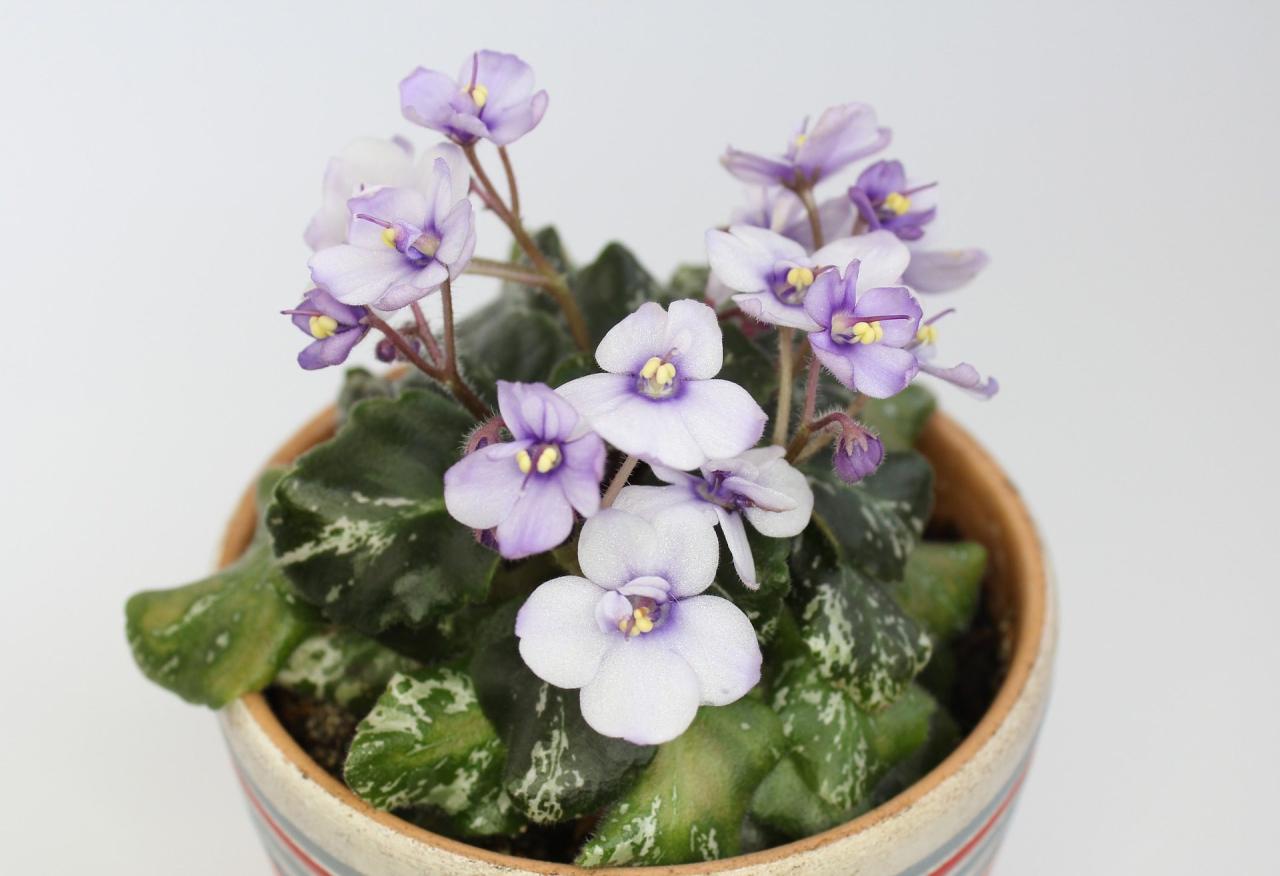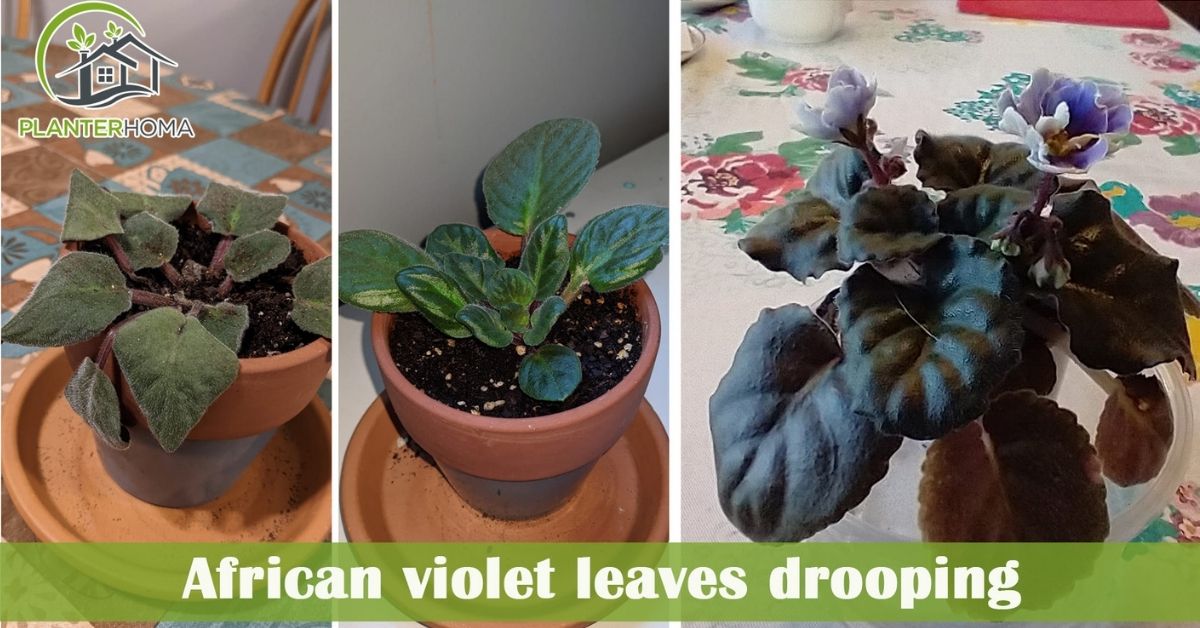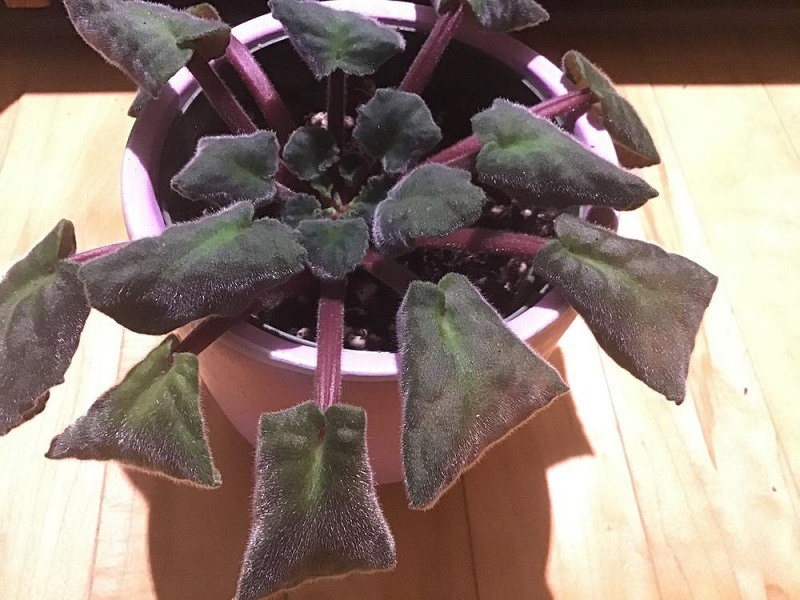Droopy African Violet leaves can be a common concern for plant enthusiasts and those new to caring for houseplants. African Violets, known scientifically as Saintpaulia, are beloved for their vibrant colors and delicate blooms. However, when their leaves start to droop, it can be disheartening. Understanding the reasons behind droopy leaves is crucial for proper care and maintaining the health of your plant. In this article, we will explore the various causes of drooping leaves, how to identify the problem, and the solutions to restore your African Violet to its former glory.
Understanding African Violets: Droopy African Violet Leaves
African Violets are native to Tanzania and have become popular houseplants due to their ease of care and beautiful, colorful flowers. These plants thrive in indoor environments, provided they receive the right amount of light, water, and nutrients.
They typically bloom throughout the year, but their foliage can sometimes display signs of distress, such as drooping leaves. Proper understanding of this beloved plant can help in diagnosing issues effectively.
Common Reasons for Droopy Leaves
There are several reasons why African Violet leaves may begin to droop. By identifying the underlying causes, you can take appropriate action to revive your plant. Let’s explore some of the most common culprits.
1. Watering Issues
Watering is one of the most critical aspects of African Violet care. Both overwatering and underwatering can lead to droopy leaves.
| Watering Condition | Symptoms |
|---|---|
| Overwatering | Yellowing leaves, mushy stems, and drooping leaves |
| Underwatering | Dry, crispy leaves, and drooping leaves |
Remember! Always check the soil moisture before watering to ensure you’re giving your African Violet the right amount of water. 🌱
2. Light Conditions

African Violets prefer bright, indirect sunlight. Inadequate light can cause the leaves to droop, as the plant struggles to photosynthesize effectively. Conversely, too much direct sunlight can scorch the leaves and lead to similar symptoms.
- Low Light: Leaves become leggy and droopy as the plant stretches towards the light source.
- High Light: Leaves may appear bleached or scorched and can droop as a sign of stress.
3. Temperature Extremes
African Violets thrive in temperatures between 65°F to 75°F (18°C to 24°C). Exposure to extreme temperatures can cause drooping.
- Cold Drafts: Placing your plant near a drafty window or door can expose it to cold air, leading to droopy leaves.
- Heat Sources: Too close to heating vents or radiators can overheat the plant, causing stress and drooping.
4. Humidity Levels
African Violets enjoy high humidity, generally around 50% or more. If the air in your home is too dry, this can lead to droopy leaves.
- Low Humidity: This can cause the leaves to curl and droop, appearing unhealthy.
- High Humidity: While beneficial, excessive moisture without proper air circulation can cause fungal issues.
For best results, consider using a humidity tray or a humidifier to maintain a suitable environment for your African Violet. 💧
Diagnosing the Problem
To effectively address the issue of drooping leaves, a thorough diagnosis is necessary. Here are some steps to help you figure out the cause of the drooping:
1. Inspect the Soil
Check the soil moisture by sticking your finger about an inch deep. If the soil feels dry, it may be time to water. If it is soggy, you may need to wait before watering again.
2. Examine Lighting Conditions
Take note of where your African Violet is placed. Ensure it is receiving bright, indirect light. Consider moving it if you suspect it is in a location that is too dark or too bright.
3. Check Temperature and Humidity

Evaluate the temperature around your plant. Ensure it is within the ideal range, away from drafts or heat sources. You can also monitor humidity levels using a hygrometer.
Correcting the Issues
Once you have identified the potential cause(s) of drooping leaves, it’s time to implement corrective measures.
1. Adjust Your Watering Schedule
When it comes to watering, consistency is key. Follow these tips:
- Water your African Violet when the top inch of soil feels dry.
- Use room-temperature water to avoid shocking the plant.
- Water from the bottom by placing the pot in a tray of water for about 30 minutes, allowing the roots to absorb moisture.
2. Improve Lighting Conditions
If lighting is an issue, try the following:
- Move your African Violet closer to a window with bright, indirect sunlight.
- Consider using a grow light if natural light is insufficient, especially during winter months.
3. Regulate Temperature
Ensure your African Violet is in a stable environment:
- Avoid placing it near cold drafts or heating vents.
- Maintain a consistent temperature within the ideal range.
4. Increase Humidity
To raise humidity levels around your plant, you can:
- Group plants together, as they naturally create humidity.
- Use a pebble tray filled with water beneath the pot to help increase moisture.
- Regularly mist the leaves, but avoid water pooling in the crown of the plant.
🌼 Keep your African Violet happy by ensuring it has all the right conditions to thrive!
When to Seek Professional Help
Sometimes, despite your best efforts, your African Violet may not respond as expected. In these cases, it may be beneficial to consult with a plant specialist or local nursery.
- If you notice signs of pests or disease, such as spots on leaves or webbing, seek advice on treatment options.
- Professional help can provide insights tailored to your specific situation, helping you revive your plant more effectively.
Preventing Future Issues
Once you’ve successfully revived your African Violet, taking preventative measures is essential to avoid droopy leaves in the future.
1. Establish a Routine, Droopy African Violet Leaves
Creating a care schedule can help you monitor and maintain the right conditions for your African Violet. Regularly check for:
- Soil moisture levels
- Light exposure
- Temperature and humidity
2. Fertilization
Using a balanced fertilizer can promote healthy growth and resilience:
- Fertilize every 4-6 weeks during the growing season.
- Choose a fertilizer specifically formulated for African Violets.
3. Regular Pruning and Repotting
To maintain plant health, consider the following:
- Prune off any dead or yellowing leaves to encourage new growth.
- Repot every 1-2 years to refresh the soil and give roots more space to grow.
Keeping your African Violet healthy involves proactive care and attention to detail. 🌷
With these tips and knowledge, you can ensure that your African Violet remains vibrant and healthy, with leaves that stand tall and proud. By understanding the factors that lead to drooping leaves and implementing effective solutions, you can enjoy the beauty of this beloved houseplant for many years to come.
